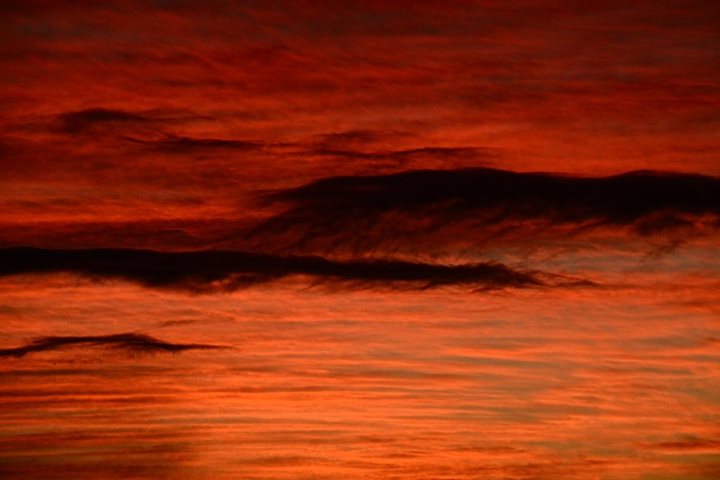As the guests of the National Geographic Sea Lion began to stir on Boxing Day, a sense of excitement hung in the air. The trusty vessel had arrived in the bay of Cabo Pulmo, located on the very southeast tip of the Gulf of California. The bay itself is a national marine park abundant with healthy coral reefs and countless marine species, both migratory and local. Cabo Pulmo National Marine Park has been a protected marine reserve since 1995, and a UNESCO World Heritage site since 2005. In order to qualify for a UNESCO title, a natural area must be of outstanding universal value from the point of view of science, conservation, or natural beauty; Cabo Pulmo certainly deserves its designation. The park contains 7,111 square hectares designed as a no-take zone, and with the strong approval of the community these boundaries allow marine life to flourish.
Cabo Pulmo locals, with their fleet of Mexican panga boats, bustled around the loading dock, awaiting their new passengers. Once full, the boats quickly cruised each to their own specific snorkeling spot, unveiling the ubiquitous nature of the area. The quick voyage itself did not fail to impress spectators, as humpback whales breached and manta rays skipped along the ocean’s surface. Throughout the morning phenomenal aquatic sights were seen, from the great carpet of mobula rays, which glide effortlessly below snorkelers to massive schools of Grunion, a small baitfish.
With satiated eyes we moved on towards Punta Gordo on a cetacean search, where again humpback whales flirted with the Sea Bird, fully breaching and displaying enormous pectoral fins for all to see. As the sun began to fall we neared the southernmost point of the Gulf of California, Land’s End. With sangria in hand, a content group of explorers exercised their photographic skills, writing a splendid finale to a fantastic voyage on the Sea of Cortez.









